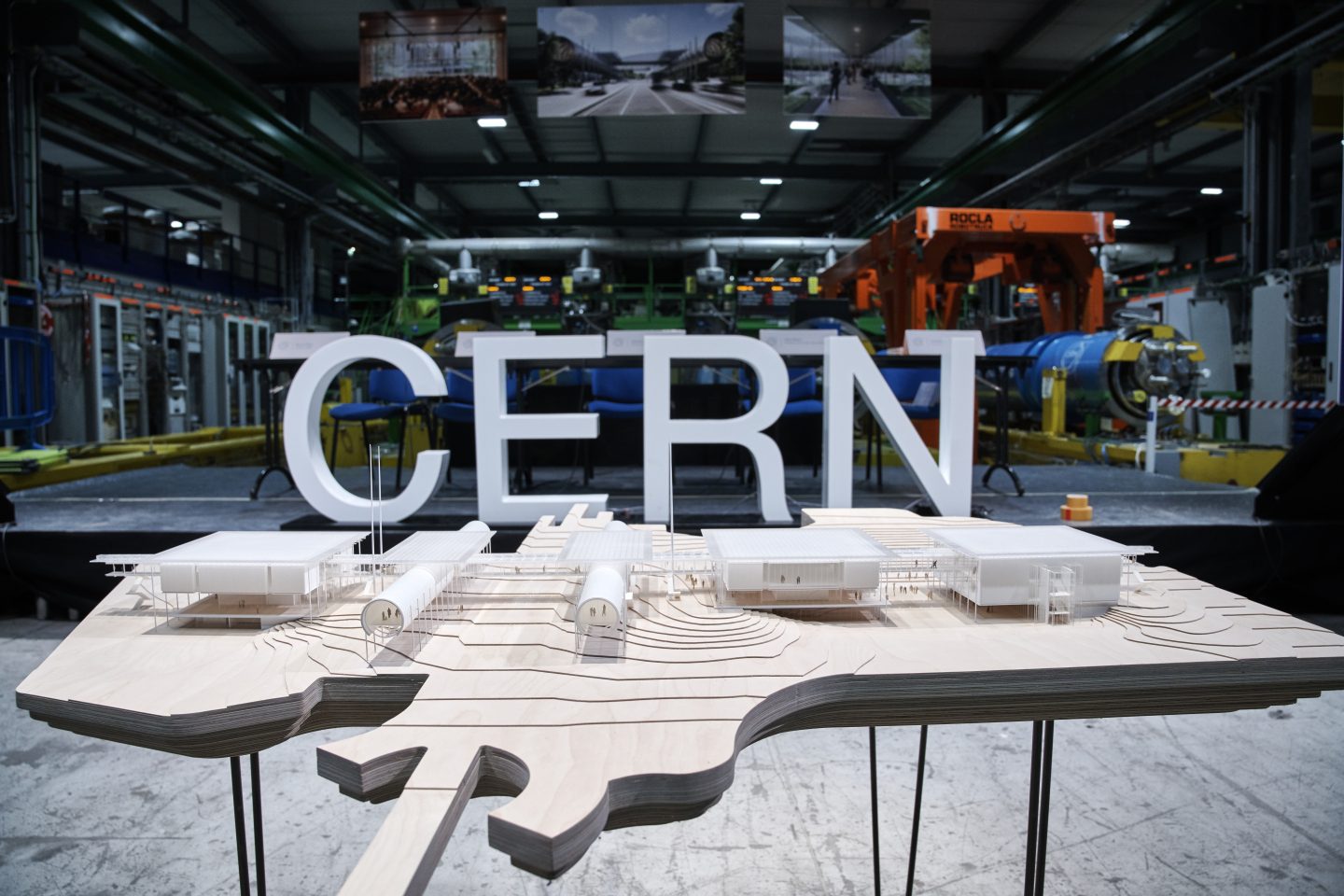
This September, CERN celebrates 70 years of pushing the boundaries of scientific discovery. As the world reflects on the groundbreaking achievements of the European Organization for Nuclear Research, it’s important to ask: where do the Western Balkans stand in this journey of scientific excellence?

Picture: For the Federal Republic of Yugoslavia, Pavle Jaksic
Yugoslavia’s Early Role in CERN’s Formation
On September 29th, 1954, 12 nations came together to create CERN, with the mission of fostering collaboration and advancing our understanding of the universe. Among those founding members was Yugoslavia. The inclusion of Yugoslavia in this historic scientific endeavor was notable, as it was a politically neutral entity during the Cold War. This decision demonstrated the region’s early commitment to international cooperation, scientific research, and technological advancement. However, Yugoslavia’s involvement with CERN was cut short in 1961 due to financial constraints and shifting political priorities. The nation’s departure from CERN marked the end of a brief but promising era of scientific engagement with one of the world’s leading research institutions.
The Western Balkans and CERN Today: Serbia Leading the Charge
Fast forward to today, the Western Balkans have once again begun to reconnect with CERN. Serbia has taken the lead in this scientific resurgence. After decades of absence, Serbia rejoined CERN in 2012 as an associate member and in 2019, it became a full member. This marked a significant step forward, allowing Serbian scientists and institutions to actively contribute to some of the world’s most advanced scientific experiments, including the Large Hadron Collider (LHC).
As a full member, Serbia not only contributes to CERN’s budget but also benefits from participating in cutting-edge research and industrial collaborations. Serbian industries have started to engage more with CERN’s procurement system, though reports indicate that Serbia is still in a “poorly balanced” position in terms of industrial returns. Despite this, the relationship holds great promise for future growth. Serbian researchers and students have also been given the opportunity to train and collaborate in projects such as ATLAS, CMS, and ISOLDE, positioning Serbia as a key regional player in particle physics research.
Bosnia’s Ongoing Engagement
While Serbia has led the way, and Croatia holds associate membership, in 2021 Bosnia and Herzegovina signed an International Cooperation Agreement with CERN, signaling its intent to strengthen scientific collaboration. Bosnian students and researchers have participated in CERN’s summer programs and educational initiatives, indicating the potential for increased involvement in the years to come.
SEEIIST: A New Chapter for Regional Scientific Cooperation
Beyond direct collaborations with CERN, the Western Balkans have taken another promising step toward scientific development through the South-East European International Institute for Sustainable Technologies (SEEIIST). This ambitious project aims to foster regional cooperation in scientific research, with a focus on medical and nuclear technologies. Inspired by CERN’s collaborative model, SEEIIST seeks to promote peace and development in the region through science. The project not only echoes CERN’s original mission of “science for peace” but also provides a platform for the Western Balkans to engage in large-scale international scientific projects, which are crucial for regional development.
Challenges for Full Participation
Despite these advances, challenges remain for the Western Balkans in their journey with CERN. Financial constraints are a significant barrier for many nations in the region. Full membership requires substantial contributions, which can be difficult for countries still rebuilding their scientific infrastructure after years of political and economic turmoil. Serbia, like other member states, benefits from participating in cutting-edge research and industrial collaborations and its industries have the opportunity to engage with CERN`s procurement system, but reports indicate that Serbia is still in a “poorly balanced” position in terms of industrial returns. This means that there is an unexplored potential for collaboration between Serbian enterprises and CERN.
The Way Forward: Strengthening the Region’s Scientific Base
The Western Balkans have the potential to play an increasingly important role in the world’s most significant scientific endeavors. However, this will require continued investment in science education, research infrastructure, and regional cooperation. Greater collaboration between Western Balkan countries and CERN could drive regional development, knowledge transfer, and innovation—creating a scientific legacy for the region. Projects like The South East European International Institute for Sustainable Technologies (SEEIIST), an institution for transferring public research results on a global market, alongside efforts to deepen individual countries’ relationships with CERN, could help the region transcend its past challenges. Scientific progress doesn’t happen in isolation; it requires the shared effort of researchers, institutions, and governments working toward common goals.

